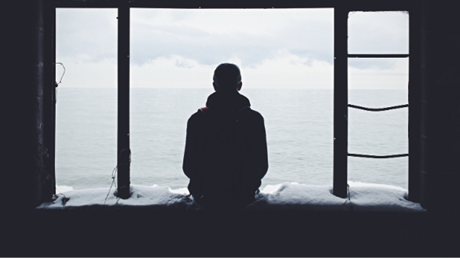Self-righteousness pervades individuals, families, and organizations, so we must learn how to recognize it.

We live in a world filled with self-righteous people, groups, and institutions.
Self-righteousness is more than a trait—it is a state, a condition, or a way of life. It refers to those who are holier-than-thou, pharisaic, or sanctimonious. It’s a prideful reliance on who one is and what one does—in other words, someone full of themselves. While it can be subtle, it is clearly manifested in the antagonistic pious postures that people or groups have towards others.
The reality is, self-righteousness can be found virtually anywhere two or more are gathered. It can be lurking in families, organizations, politics, and yes, even churches.
Although self-righteousness can be easily diagnosed by others, it is hard for those who are self-righteous to receive the diagnosis.
To help make that diagnosis, here are seven identifiers of self-righteousness.
1)The self-righteous see themselves as better than, not better together.
Self-righteous groups or people walk around snubbing their nose in a pious manner as if they are spiritually, morally, physically, and intellectually superior than all other groups or people. The result, they consider themselves “better than” others.
A “better than” others mentality forfeits the joyful and powerful experience of a “better together” mindset. In other words, those who see themselves as “better than” will find themselves living in isolation rather than living in community.
2)The self-righteous blame others for their failures rather than take ownership of them.
God, approaching Adam and Eve in their hiding, asks them, “Who told you that you were naked?” From the readers account, it is a fairly simple and straightforward question; yet, ...
from Christianity Today Magazine
via

.gif)

.gif)

.gif)
.gif)
